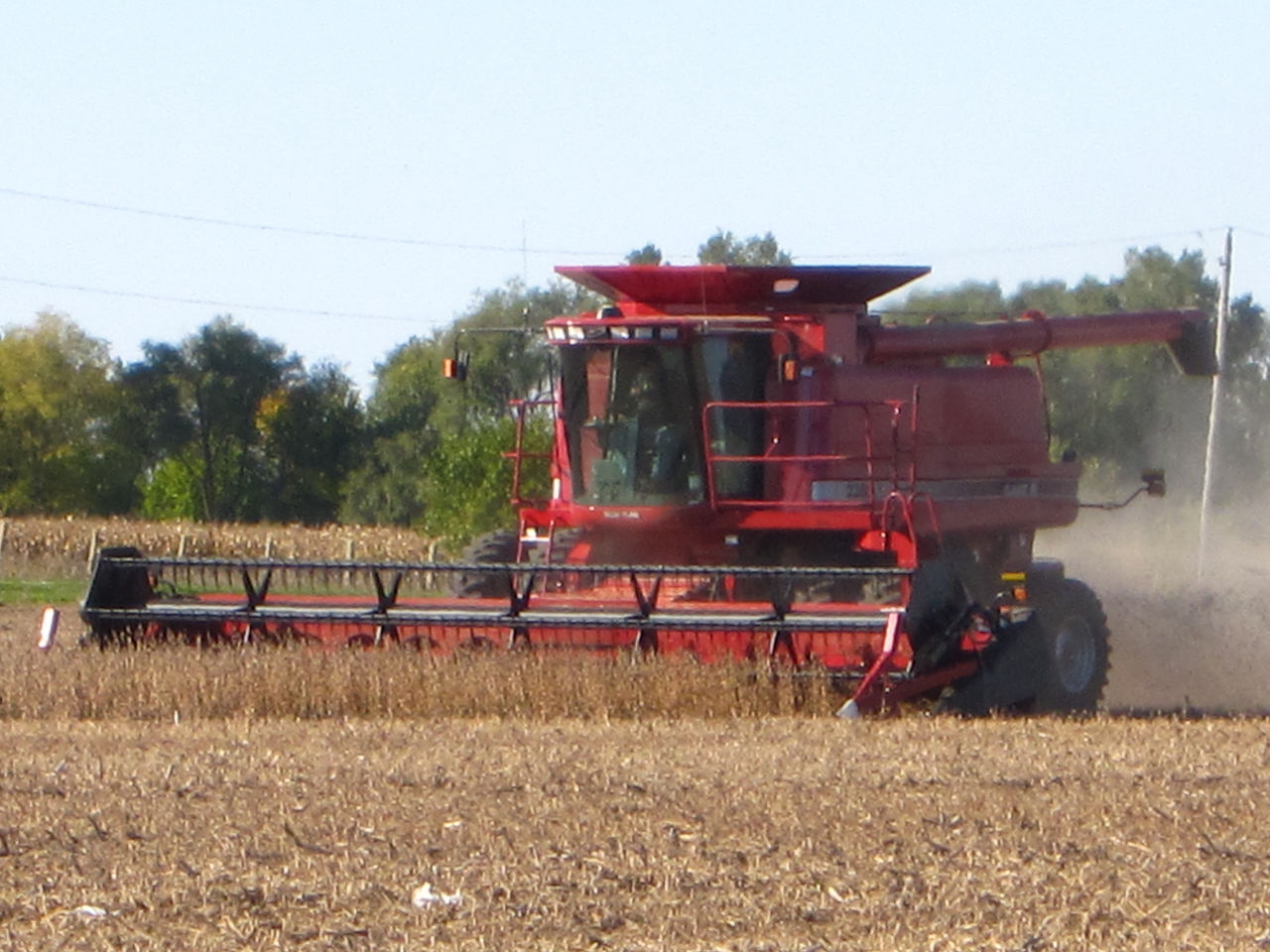
When soybean growers buy a bag, or a bulk bin of soybean seed they are getting many months of planning, complex logistics, and cutting-edge technology and genetics. Soybean seed cannot be carried over from one season to the next, therefore seed producers must manage risk at each step of the process to prevent production issues and meet growers' needs.
Soybean products must be grown in areas where they are adapted. Soybeans are bred to adapt to growing conditions in a relatively narrow geographic range, known as a maturity group. The vast majority of seed soybean produced in the United States are within the maturity group they will be planted in the following year.
Soybean seed companies' contract with local growers to produce a specific number of acres of seed and specific varieties. Seed companies look for fields that have a history of producing high-quality seed.
Soybean fields contracted for seed have the same yield expectations as commercial fields. The goal is to place the soybean varieties with a grower's who incorporate best management practices for producing high quality seed. Contracting seed production on entire fields helps reduce the risk of contamination by mixing varieties.
Growers harvest the seed and, in most cases, store the seed in their facilities until the seed company requests it be delivered to their processing plants. After harvest, several tests are done to ensure consistency and quality. Growers receive the market price as well as a premium based on seed quality.
There are many challenges to seed production. Wet weather after planting is the primary cause of lower plants stands and in some cases the loss of the production field. Very dry conditions at harvest are also a concern, low seed moisture effect the seed coat and potential germination potential. Seed companies grow their production in geographically diverse locations to help mitigate weather risk. Many companies will produce seed volumes that exceeds customer demand to help mitigate the risk in the case the grower needs additional seed for replants or changes in their cropping rotation.
Customer choice has become a factor in production demand. As the soybean trait pipeline has increased, and growers needs change, companies must continually revise which products growers will want to purchase. This includes forecasting customer demand and producing soybean products a year in advance before they are sold.
Marketing high quality, and good germinating seed requires additional effort from seed producers. Here is a list of some of the areas that attention must be focused on.
Plant seed fields on land that did not grow soybeans the previous year.
Give special attention to genetic purity, freedom from weed seeds, and overall quality of the seed planted. Certified seed growers must use foundation or registered seeds.
Make every effort to control weeds. Even with good results from chemical weed control, there will often be some “escapes” of hard to kill weeds, may require additional post spray treatments to get all weeds under control. Weed control is as much for prevention of weed seed in what would be sold to the customers as for yield.
Start harvest as soon as the soybean reach 13 percent moisture. Harvest as much of the crop as possible at 12 percent moisture or above to avoid cracked seed coats and “splits”. Stagger planting dates of the same variety. Use varieties with different maturity dates. As a rule of thumb, a 10-day delay in planting date during the main planting season results in a 5-day delay in maturity.
Consider using foliar-applied fungicides during the reproductive stages if heavy pathogen infection is predicted.
Pay special attention to combine adjustments, keeping cylinder speed as low as possible while still doing a good job of threshing. Rotary combines will handle the seed more gently and reduce splits.
If possible, avoid harvesting during hot, dry afternoons when pods are beans tend to be brittle. Many good seed producers harvest only at night and in the morning. Harvesting at night and in the early morning should be avoided because when dew sets in it causes dust to stick to the soybean seed, giving them a dirty appearance, which can get associated with poor seed quality.
When moving beans from the combine to storage and in handling and conveying them while cleaning, drop the beans as few times and as short a distance as possible to reduce seed coat cracks.
Avoid using auger elevators that can damage seed coats.
Seeds are living organisms, therefore, if their intended final use will be as propagating material, all management operations (in the field, during harvest, cleaning, storage, and commercialization) should be focused on maintaining those seeds as viable, undamaged, pure, healthy, and vigorous for optimum germination. Certified seed has the highest quality available for crop production; therefore, seed certification requires quality controls in every step of the seed chain. Seeds purchased from reputable dealers come with a level of quality assurance that farm-saved seed may lack.
Sources:
Soybean Production In Missouri, Zane R. Hesel and Harry C. Minnor, Department of Agronomy, https://extension2.missouri.edu/g4410
Bin-run Seed: Associated Risks for Soybean Production. https://extension.psu.edu/bin-run-seed-associated-risks-for-soybean-production
Web verified 10/10/19. 1007_S2
